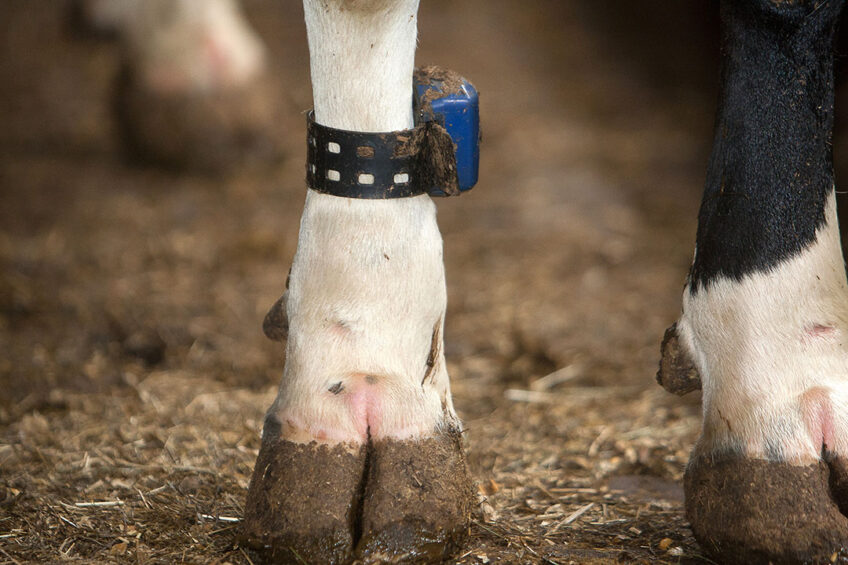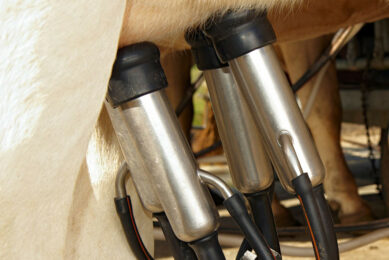The flight of IoT in agriculture

By 2024, over 2 million farms and 36 million cattle will be connected, according to a new report from ABI Research.
The analysis report unveils the opportunity for the Internet of Things (IoT) within the agricultural market, specifically connecting agriculture in field crops, tree crops, and livestock. This report is part of the company’s M2M, IoT and IoE research service, which includes research, data, and ABI Insights.

Data relating to health
By 2024, over 2 million farms and 36 million cattle will be connected. For field and tree crops, the primary driver for the introduction of connectivity and the IoT is not only to irrigate sufficiently but also to limit excess water application for usage efficiency and to align with government regulation. For livestock, it is about collecting data relating to the health of the animals, including birthing activities, as well as knowledge of their whereabouts. Across all agriculture sectors, the benefits are improved yields, a higher quality product, and greater insight for farmers to more efficiently manage their operations, according to ABI.
Also read: Getting paid for the farm data
Lack of manual labour
Harriet Sumnall, Research Analyst at ABI Research explains: “The reasons for adopting IoT in agriculture are universal – cost reduction, improved productivity, and better profit margins – but the specific prompts in terms of readiness to adopt can be more pragmatic and localised. For example, in North America, the political climate is proving challenging for the immigrant workforce required by the agricultural sector, and more automation could make up for this lack of manual labour. And, in Europe, farmers are notably younger than elsewhere in the world and are more naturally receptive to adopting new technology. In general, however, there is a lack of education among farmers about the benefits of connected agriculture. This is a vital issue that vendors must continue to be active in remedying if Agricultural IoT is to succeed.”
Also read: NB-IoT: The solution for smart dairy farming
Source: ABI Research
Join 13,000+ subscribers
Subscribe to our newsletter to stay updated about all the need-to-know content in the dairy sector, two times a week.










